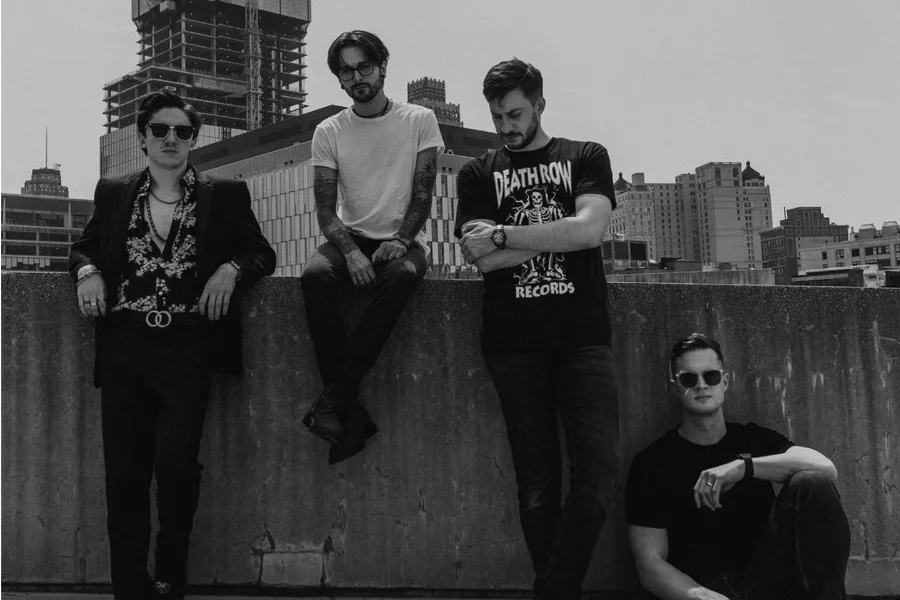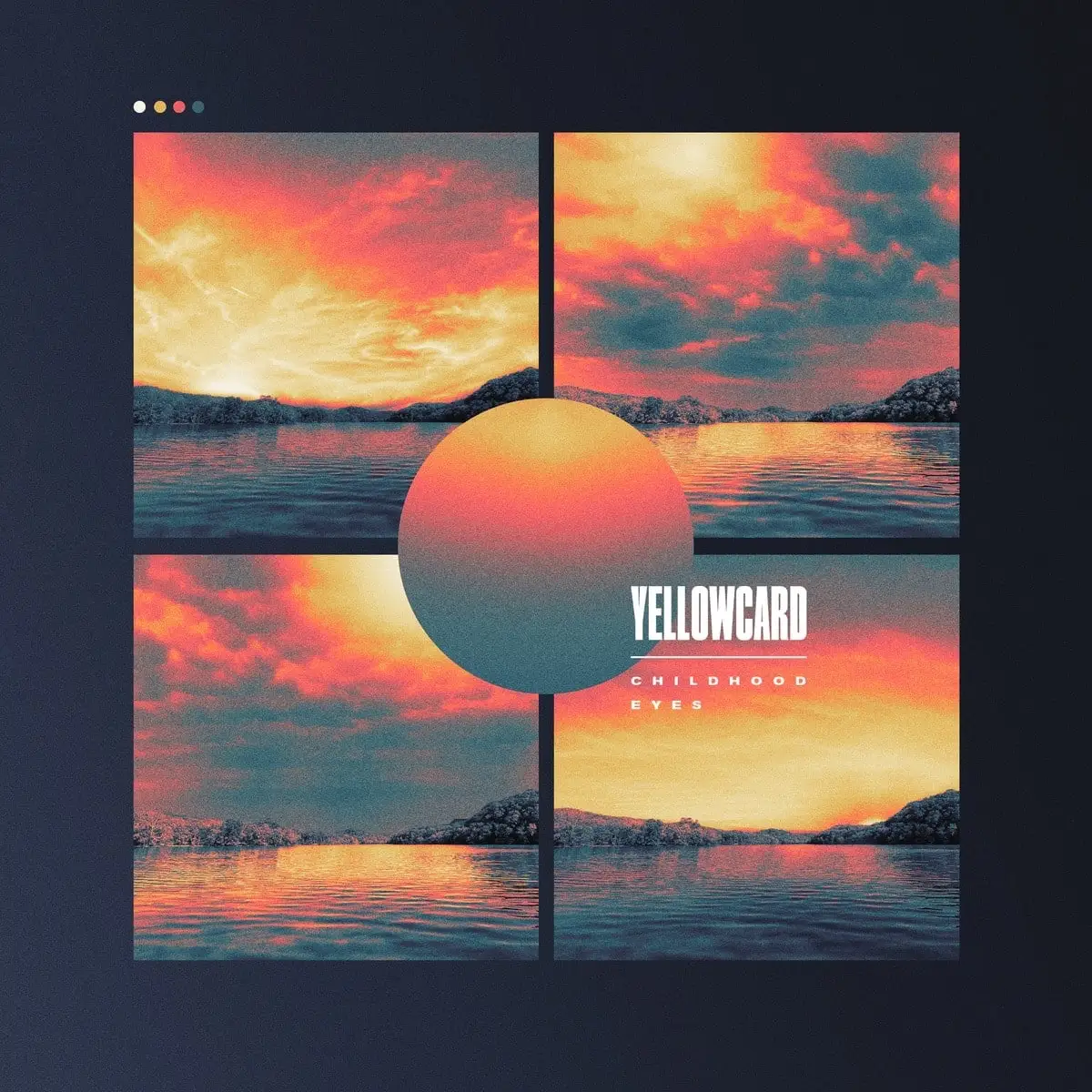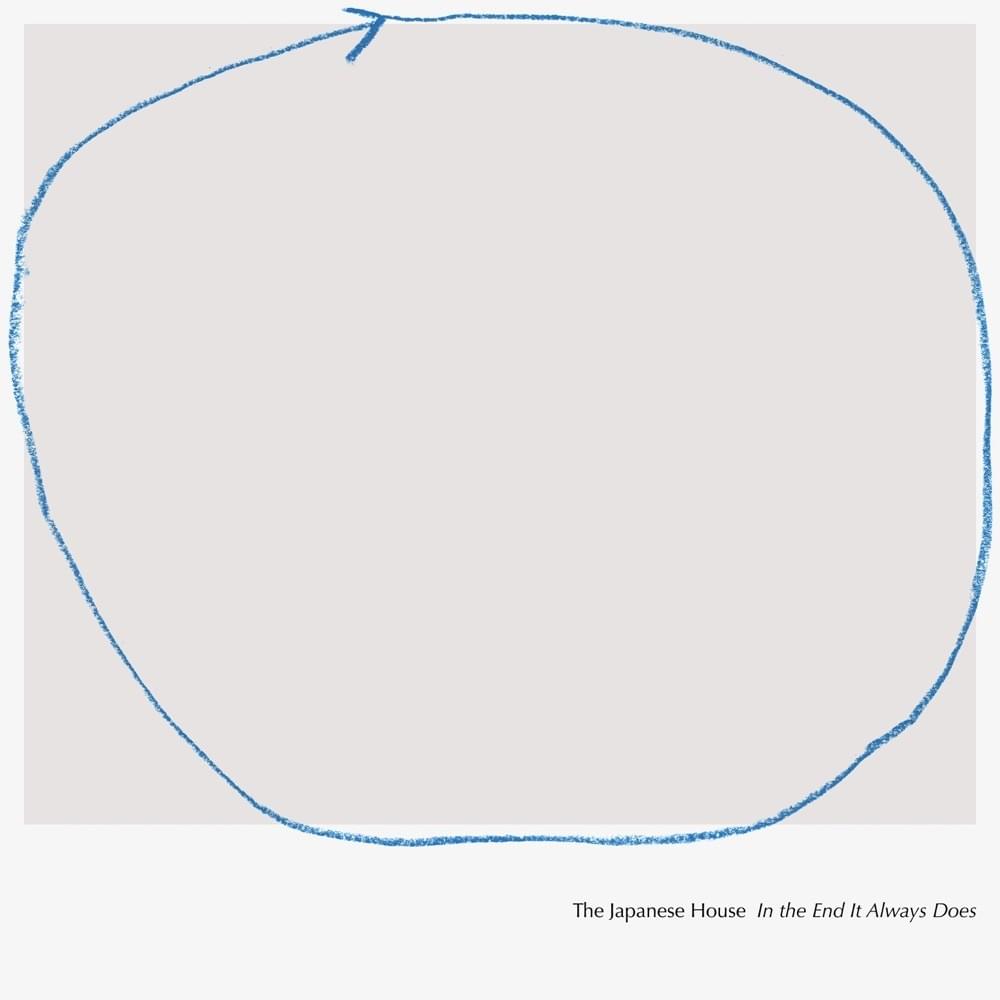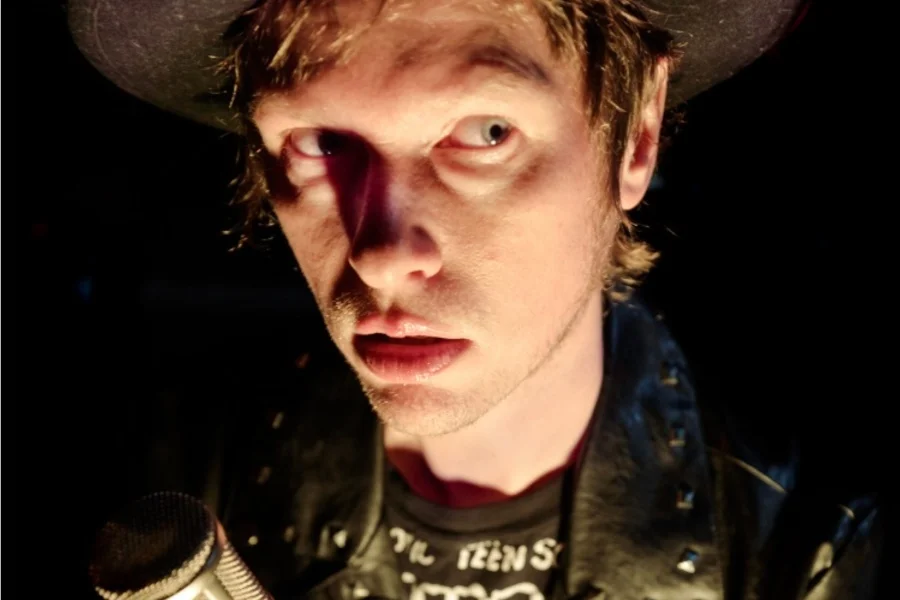Look for the “Made in the USA” label on some best-selling music from Japan’s top pop artists.
Japan’s chart-topping musicians, looking to cut music with some of the top talent in the United States or just looking for a bit of anonymity overseas in place of media mayhem back home, are heading to studios in places such as New York and Los Angeles to record.
Among the top 20 albums in Japan for May, 14 were made by Japanese artists and six of those were partially or completely recorded in the United States. The other six slots in the top 20 chart were held by overseas artists.
Japanese artists started coming in force to the United States to cut music during the go-go days of the late 1980s when the yen was strong and the novelty factor was high. Now the novelty has worn off, the economy has gone down the tubes, but the artists are still coming.
Japan is the world’s No. 2 music market after the United States with yearly sales of around $5 billion. Top Japanese artists have earning power near that of their counterparts in the United States and Europe.
“What brings Japanese artists to New York a lot of times is the cachet of recording in America, and the energy you get when you come to New York to record,” said Steve Rosenthal, the owner of The Magic Shop recording studio.
“The city where you make a record has a lot to do with what the record eventually sounds like and feels like, and there is a certain energy you get when you make a record in New York.”
The Magic Shop, which combines vintage analog equipment with digital studio gear, has been where artists such as Lou Reed, Sheryl Crow and the Ramones have cut albums. Japanese artists started coming around 10 years ago and now make up about 15 percent of the recording artists using the studio.
Japanese artist Bonnie Pink recently cut an album at the studio and rockers such as SuperCar have come to the Soho area studio to catch the vibe that helped propel the Ramones.
PERKS AND FANS
Among the bigger-name Japanese artists cutting music in the United States are Hikaru Utada, whose debut album “First Love” set a domestic sales record of over seven million; pop diva Namie Amuro, who works on some of her songs with top U.S. producer Dallas Austin; Dreams Come True, Masaharu Fukuyama, Ayumi Hamazaki, Miki Imai and L’Arc-en-Ciel.
Japanese studios boast as much high-tech equipment as those in the United States and the country is home to some highly skilled studio musicians. Japanese artists also rule the roost at home, holding about an 80 percent market share of sales with foreign artists scraping out the rest.
So why record in the United States? “It gives the artists a different feeling and a different environment,” said Paul Johnson, president of International Production Group, a company that facilitates overseas recording for Japanese artists.
“For some it is a status thing. For others, it is a way to capture the latest sounds in America in their music, and for quite a few, they can escape from crazed fans and the media circus in Japan to concentrate on their music as a nameless face in New York,” Johnson said.
There are about half a dozen studios in New York that are among the favorites for Japanese artists and almost as many in Los Angeles. London is another prime destination of Japanese artists, who are sometimes given the chance to record overseas as a perk for cutting top-selling music at home.
In addition to recording, Japanese artists bring music cut at home across the Pacific for mastering or new mixes. Acts such as the now-defunct all-girl group Speed made all of their promotional videos in the United States in order to take advantage of the highly developed U.S. music video market.
Some of Japan’s top producers, such as Tetsuya Komuro, maintain their own recording facilities in the United States and often bring over acts in their stable for recording.
Many Japanese artists have also tried their hand at selling their music in the United States, but sales have been minimal at best. A language barrier, lack of a supporting network and a highly competitive domestic U.S. music market have been cited as some of the main barriers for Japanese artists.
Akemi Kakihara, who has recorded in London, Los Angeles and New York, reached a deal with her record label Toshiba EMI to try living in New York for about a year to help develop her sound. She also uses “ak” as a professional name.
“Moving on to the next level musically for me was going to the U.S. to have sessions with some of the best musicians in the world,” she said. “I was born in Hiroshima and the first level was going to Tokyo to perform. This will be my second life in New York.”
Kakihara, whose new album recorded in the United States, “Love,” will hit Japanese store shelves in August, is looking for a U.S. label to sign her to a deal. She said Japanese artists are well aware of U.S. musical trends and she has been influenced by American hip hop and R&B.
“I just wanted to try to be somebody who is nobody from out of nowhere and come here and try to challenge the U.S. music market and see how far I can go.”





























